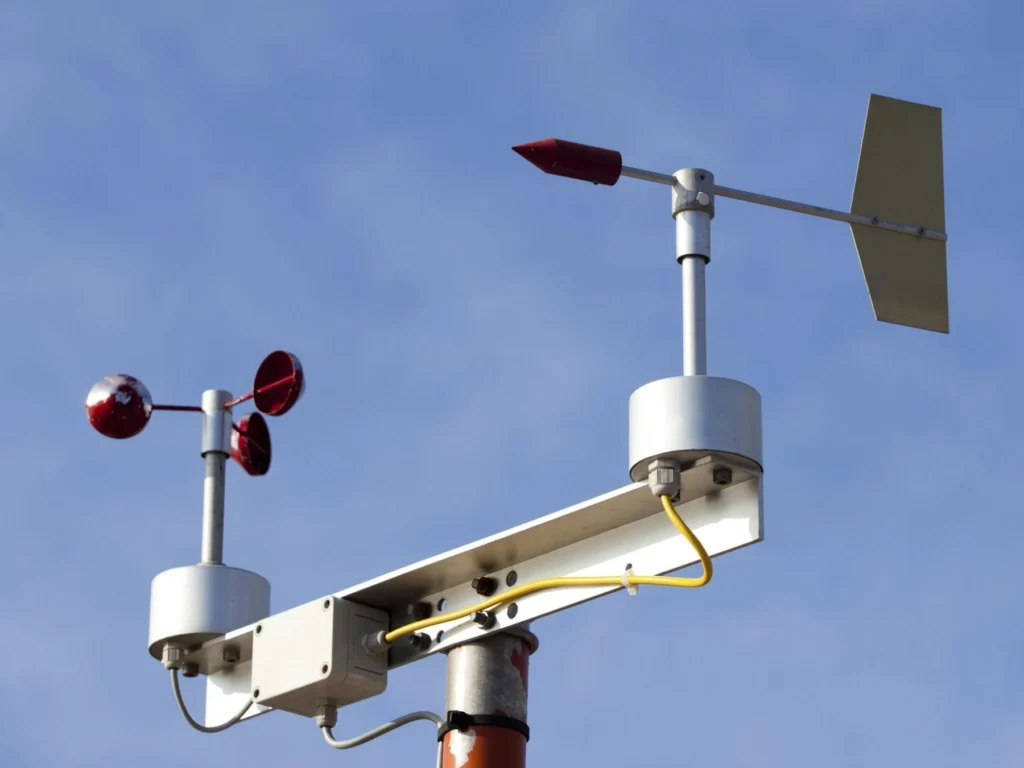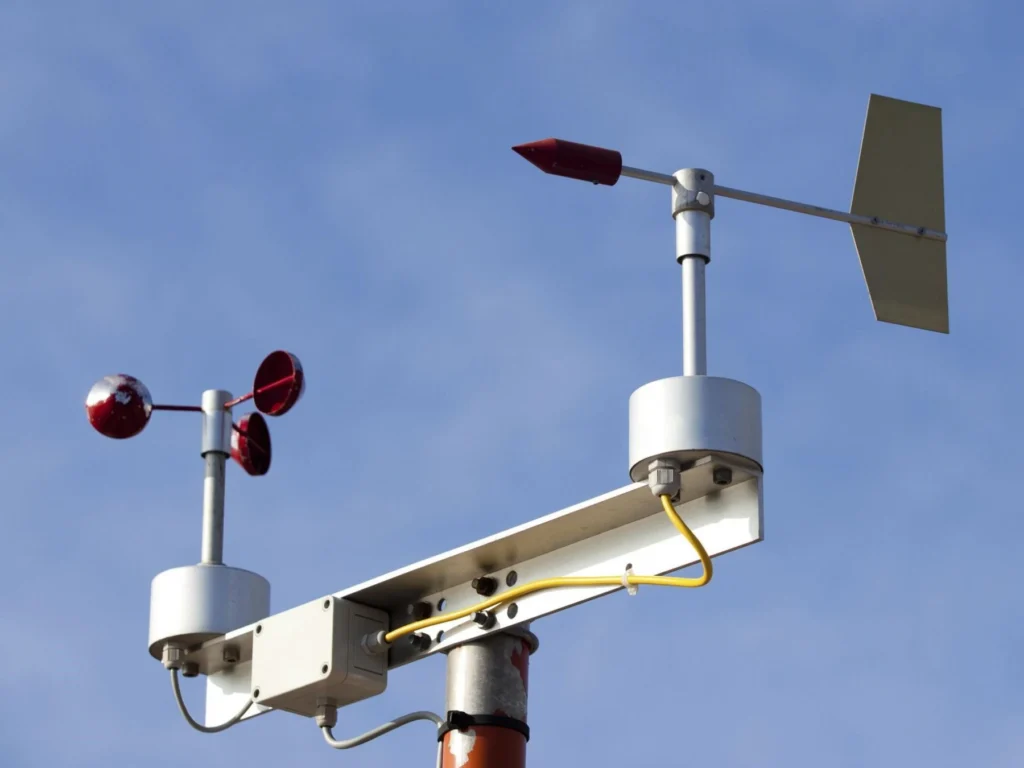
# Anemometer: The Instrument for Measuring Wind Speed
Wind speed is a crucial parameter in various fields, including meteorology, aviation, and environmental studies. To accurately measure wind speed, scientists and engineers rely on a specialized instrument known as an anemometer. This device has evolved over centuries, becoming an indispensable tool for understanding and predicting weather patterns.
## What is an Anemometer?
An anemometer is a device designed to measure the speed of wind. It is commonly used in weather stations, on ships, and in wind farms to monitor wind conditions. The term “anemometer” is derived from the Greek word “anemos,” meaning wind, and “metron,” meaning measure.
## Types of Anemometers
There are several types of anemometers, each with its unique mechanism for measuring wind speed:
– Cup Anemometer: This is the most common type, featuring three or four cups mounted on horizontal arms. As the wind blows, the cups rotate, and the speed of rotation is proportional to the wind speed.
– Vane Anemometer: Also known as a windmill anemometer, this type uses a propeller or a set of blades that rotate in response to wind. The rotation speed is measured to determine wind speed.
– Hot-Wire Anemometer: This type uses a heated wire that cools down as wind passes over it. The rate of cooling is used to calculate wind speed.
– Ultrasonic Anemometer: This advanced type uses ultrasonic sound waves to measure wind speed and direction. It is highly accurate and is often used in research and high-precision applications.
## How Does an Anemometer Work?
The working principle of an anemometer depends on its type. For instance, in a cup anemometer, the wind causes the cups to rotate. The number of rotations per unit time is counted and converted into wind speed using a calibration factor. Similarly, in a hot-wire anemometer, the change in temperature of the wire due to wind is measured and correlated with wind speed.
## Applications of Anemometers
Anemometers are used in a wide range of applications:
– Weather Forecasting: Meteorologists use anemometers to gather data on wind speed, which is essential for predicting weather patterns and issuing warnings.
– Aviation: Pilots and air traffic controllers rely on anemometers to assess wind conditions at airports, ensuring safe takeoffs and landings.
– Environmental Monitoring: Anemometers are used to study wind patterns and their impact on ecosystems, helping in the assessment of air quality and pollution dispersion.
– Wind Energy: In wind farms, anemometers are used to measure wind speed and optimize the placement and operation of wind turbines for maximum energy production.
## Conclusion
The anemometer is a vital instrument for measuring wind speed, playing a crucial role in various scientific and industrial applications. From simple cup anemometers to sophisticated ultrasonic models, these devices have significantly advanced our understanding of wind dynamics. Whether for weather forecasting, aviation safety, or renewable energy, the anemometer continues to be an essential tool in our quest to harness and understand the power of the wind.
Keyword: instrument to measure wind speed

